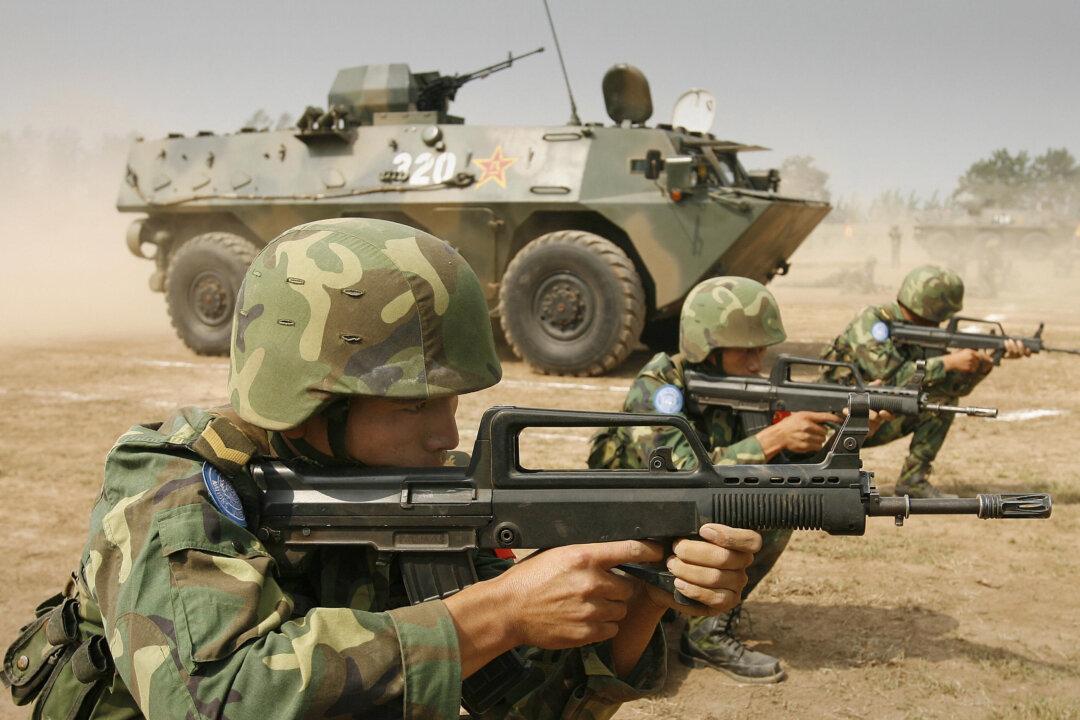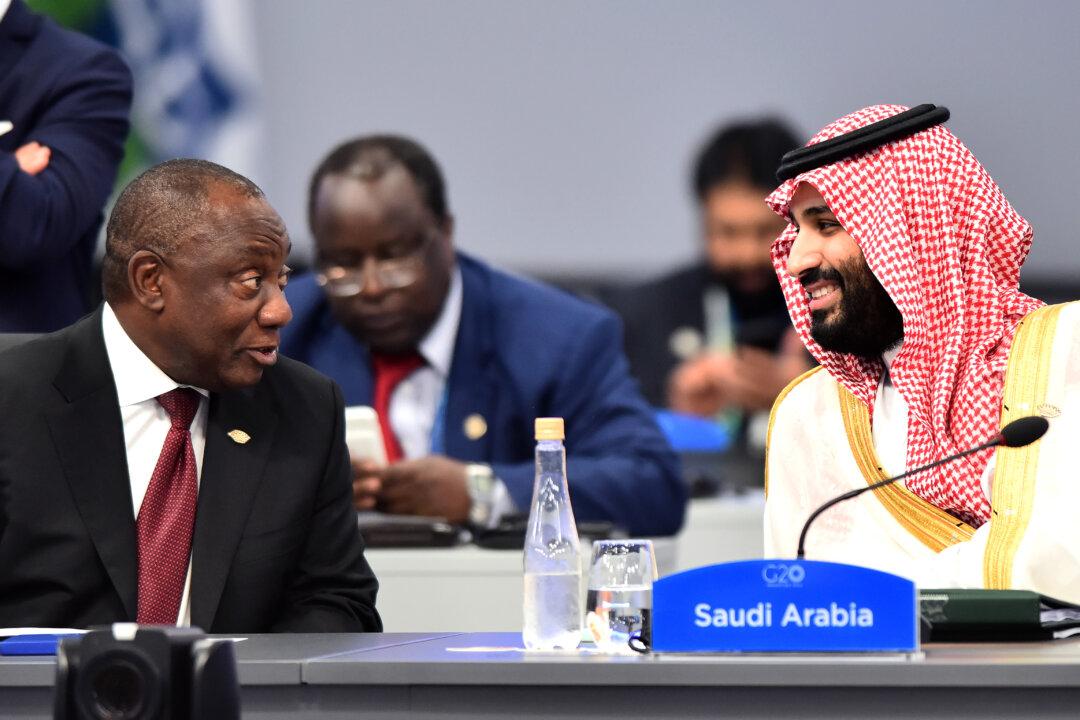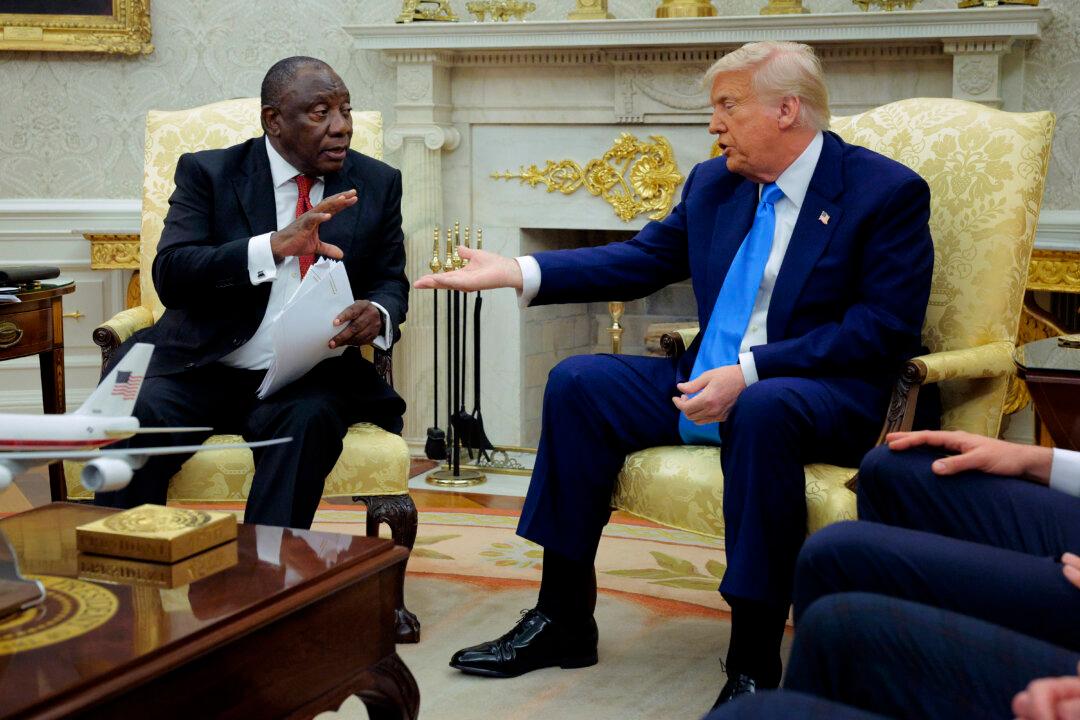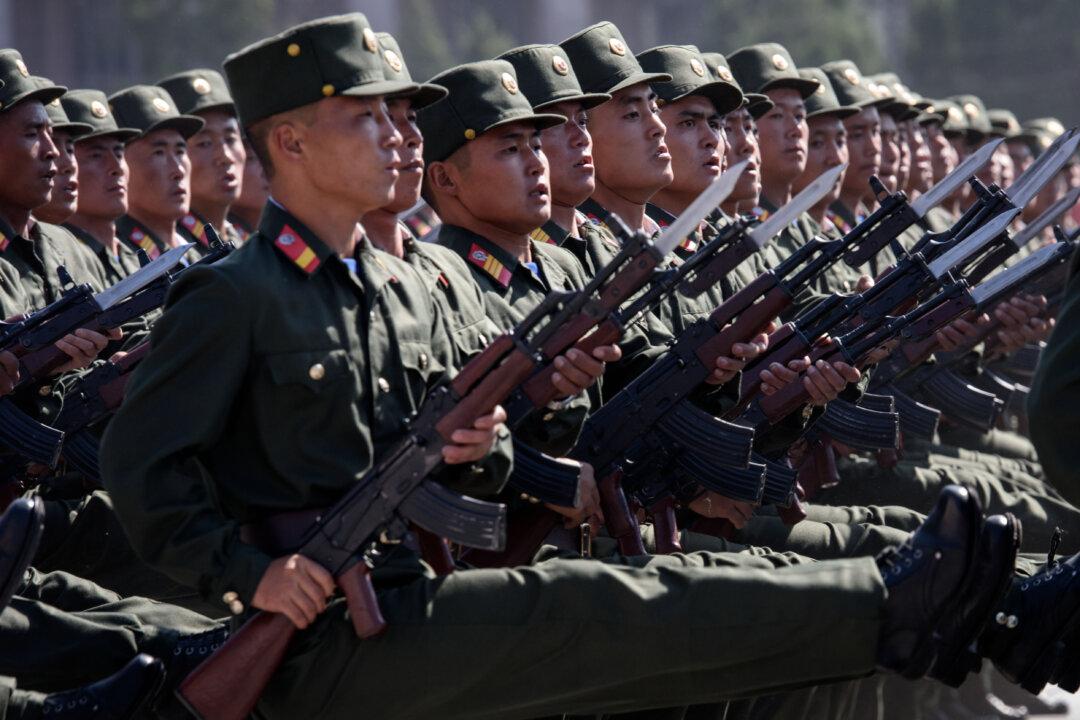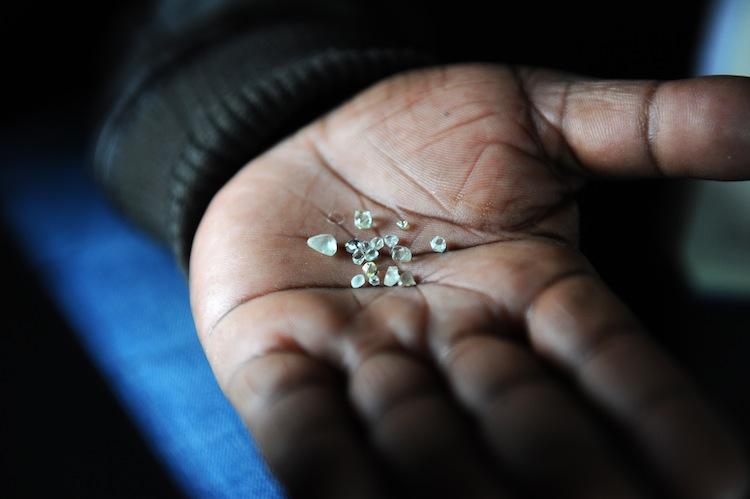JOHANNESBURG—It stretches almost 4,000 miles across the Sahara Desert and spans 10 countries, from the Atlantic Ocean that touches Senegal in West Africa to Port Sudan on the eastern Red Sea.
Its 400 million people are some of the poorest in the world, often assailed by drought, floods, famine, and political instability, with toppled governments and violent extremists making it the most terrorist-infested region on Earth.
